From pv magazine USA
Tunnel oxide passivated contact (TOPCon) solar cells are getting much attention these days. With their higher nameplate efficiencies and strong backing from major manufacturers, they’re being hailed by some as the next big leap in solar technology. Many companies are retooling factories to produce TOPCon-based modules, positioning the cell type as the future of solar.
But when it comes to choosing the right cell technology to manufacture today—especially in the context of reliability, manufacturability and business risk—passivated emitter and rear contact (PERC) cells remain a compelling, often preferable option. Their decade-long track record, proven reliability, and ease of production make them particularly attractive in today’s fast-moving and uncertain market.
Proven reliability in the field
PERC-based modules have been deployed at scale since 2012, giving us more than a decade of performance data in real-world conditions. These modules have consistently demonstrated linear and predictable degradation rates—typically around 0.4% per year. While TOPCon shows promise, it remains relatively unproven over a 25- to 30-year lifespan in the field. Long-term value matters—and PERC has already delivered.
Factors like moisture ingress, UV degradation and heat stress can significantly affect module performance. Modules using PERC cells have weathered these challenges with documented success, giving developers, EPCs, asset owners and financiers confidence in their long-term durability. TOPCon, while potentially more efficient at the cell level, hasn’t yet demonstrated the same level of field-tested reliability when integrated into full modules.
Manufacturing that meets the moment
From a manufacturing standpoint, PERC cells provide several advantages—especially for companies looking to launch production quickly and cost-effectively.
Compared to TOPCon, PERC manufacturing is simpler, requires less specialized training and offers higher initial yields. This lowers the barrier to entry and accelerates the path to profitability. The supply chain for PERC is also more mature and often easier to localize, reducing dependency on global components and mitigating risks associated with tariffs or trade restrictions.
That simplicity and scalability are why many U.S. manufacturers—especially those focused on domestic content incentives—continue to invest in and expand PERC production. It’s a reliable, well-understood technology that aligns with today’s demand for speed, quality and cost control.
A clearer path on intellectual property
Another important consideration is intellectual property. TOPCon technology is currently the subject of several high-profile patent disputes, creating uncertainty for manufacturers and developers alike. A project or facility relying on contested technology could face costly legal consequences down the road.
By contrast, the IP landscape around PERC is well established. This clarity reduces legal and financial risk for manufacturers and project developers, making PERC a more bankable and dependable choice for today’s market.
The bottom line
There’s no denying the innovation driving the rise of TOPCon solar cells—but new doesn’t always mean better, especially when it comes to long-term performance, ease of production and market risk. PERC has earned its place through real-world reliability and cost-effective manufacturability.
For manufacturers weighing their next move, PERC remains a smart, strategic investment. It’s ready now, proven in the field and aligned with the needs of today’s solar market. While the industry continues to explore and refine emerging technologies, PERC’s stability and success offer a powerful foundation for sustainable growth.
Sekhar Tatineni is vice president of technology, ES Foundry, a solar cell manufacturer based in South Carolina.
This content is protected by copyright and may not be reused. If you want to cooperate with us and would like to reuse some of our content, please contact: editors@pv-magazine.com.
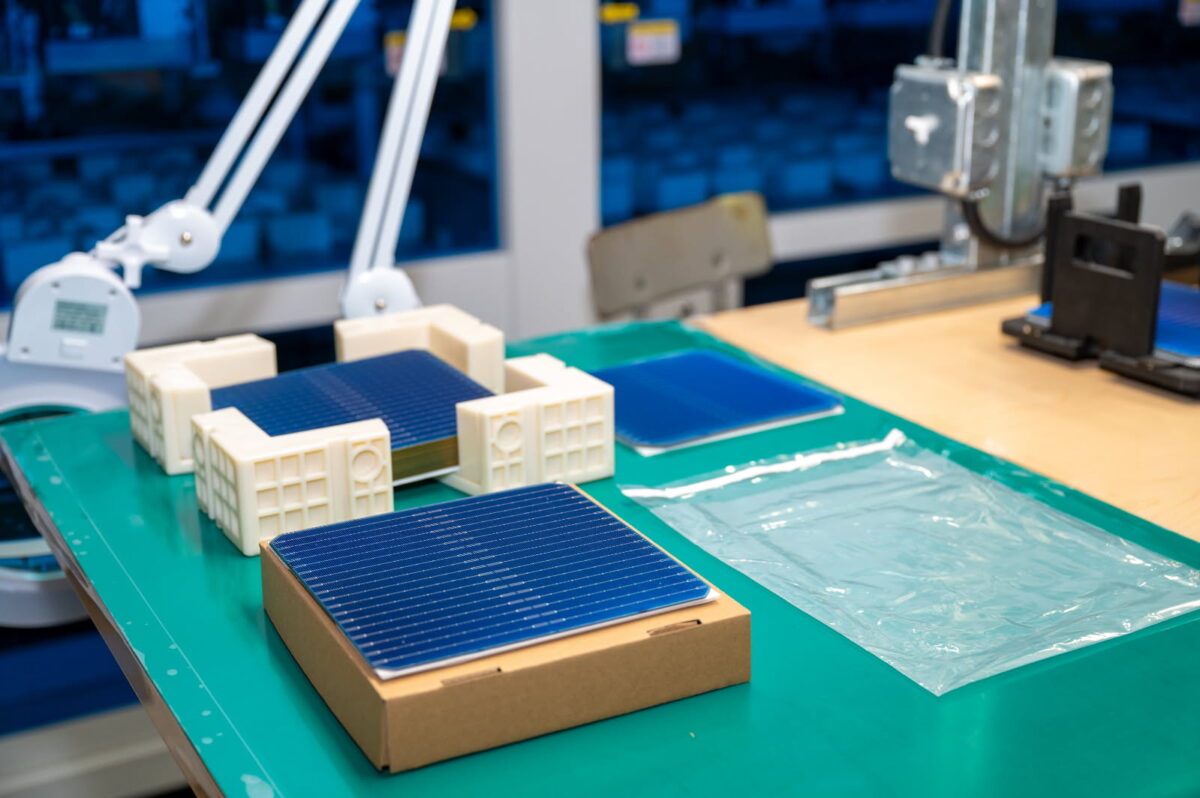
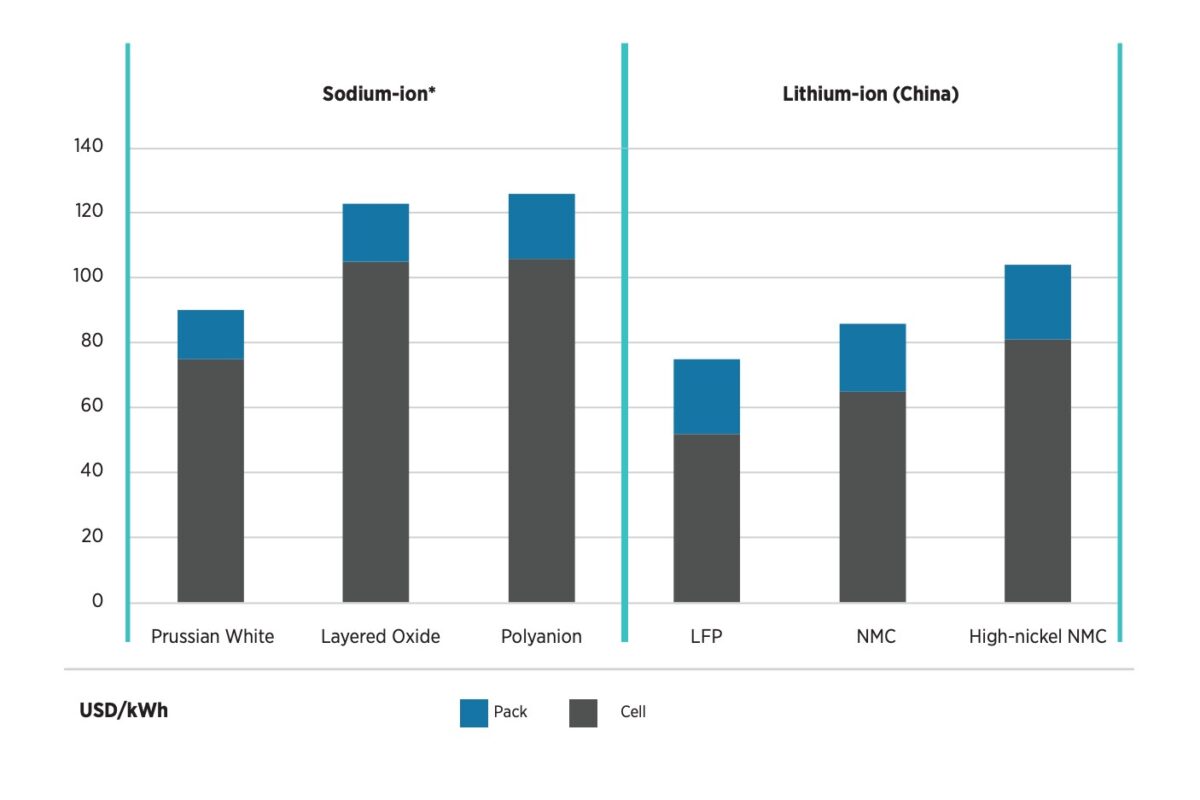

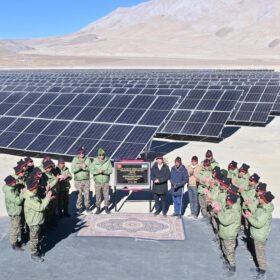


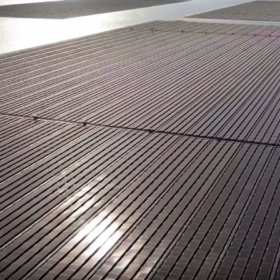
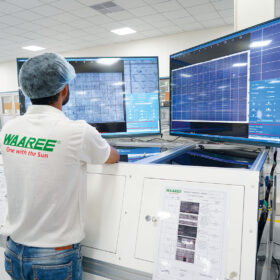
By submitting this form you agree to pv magazine using your data for the purposes of publishing your comment.
Your personal data will only be disclosed or otherwise transmitted to third parties for the purposes of spam filtering or if this is necessary for technical maintenance of the website. Any other transfer to third parties will not take place unless this is justified on the basis of applicable data protection regulations or if pv magazine is legally obliged to do so.
You may revoke this consent at any time with effect for the future, in which case your personal data will be deleted immediately. Otherwise, your data will be deleted if pv magazine has processed your request or the purpose of data storage is fulfilled.
Further information on data privacy can be found in our Data Protection Policy.